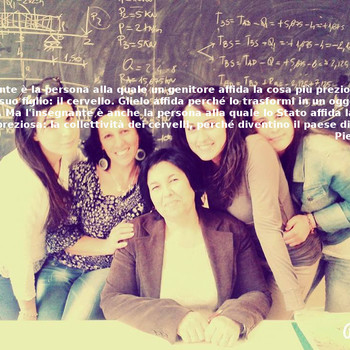#sec theta = 6/5 =r/x#
Therefore we can find #y# using Pythagoras' Theorem.
#y = sqrt(6^2-5^2) = sqrt11#
We need to decide which quadrant we are in.
#sec theta# is given as positive #rarr 1st or 4th#
#tan theta# is given as negative #rarr 2nd or 4th#
So the only quadrant where both condition hold is the #4th#
In the #4th# quadrant, only #cos theta and sec theta# are positive.
We can now write all #6# ratios:
#x=5, " "y =-sqrt11" " and " "r =6#
#sin theta" "cos theta" "tan theta" "cot theta" "sec theta" cosec "theta"#
#-y/r" "x/r" "-y/x" "-x/y" "r/x" "-r/y"#
#(-sqrt11)/6" "5/6" "(-sqrt11)/5" "5/(-sqrt11)" "6/5" "6/(-sqrt11)#


